As artificial intelligence rapidly transforms education and creative industries, a profound paradox emerges. The very tools designed to enhance human learning and creativity may be eroding the cognitive foundations necessary for innovation, critical thought, and authentic expression. From classrooms in Mumbai to design studios in Paris, the “learning loss” phenomenon driven by AI dependence represents one of the most pressing educational and societal challenges of our time.
Key Highlights
- Cognitive Debt Accumulation: Students using AI exclusively showed up to 55% lower brain connectivity in critical neural networks, with weakened memory recall and diminished critical thinking skills
- Creative Industry Disruption: Photographers and artists face unprecedented challenges to authenticity, with AI-generated works blurring distinctions between human creativity and algorithmic outputs
- Global Policy Response: Nations including India, UAE, and France are implementing comprehensive AI literacy programs, training millions of teachers to build AI-empowered rather than AI-dependent citizens
- Human Connection Crisis: Over-reliance on AI in education reduces empathy, personalized guidance, and the social-emotional learning essential for holistic development
The Nature of AI-Driven Learning Loss
Learning loss in the AI context represents far more than temporary academic setbacks. It encompasses skill erosion, diminished critical thinking capacity, loss of originality, and dangerous over-reliance on automated solutions. Recent neuroscientific evidence reveals the profound cognitive costs of this dependency.
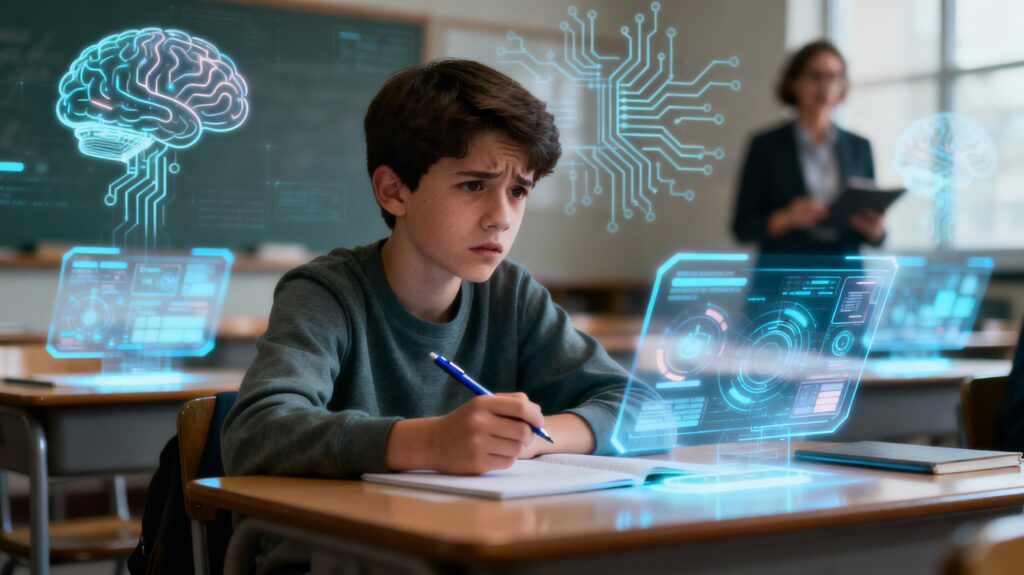
A groundbreaking MIT study tracking 54 participants over four months found that those exclusively using ChatGPT for essay writing displayed the weakest neural connectivity across all measurement parameters. The Brain-only group exhibited the highest connectivity, especially in alpha, theta, and delta bands—the core zones for focus and memory. Meanwhile, the ChatGPT group demonstrated up to 55% lower connectivity in low-frequency networks, which are essential for complex cognitive tasks. nextgov
The implications extend beyond simple metrics. Remarkably, 83% of ChatGPT users couldn’t recall a single sentence they had written, compared to full recall by non-AI writers. This represents what researchers term “cognitive debt”—a condition where repeated reliance on external systems replaces the effortful cognitive processes required for independent thinking.
Brain connectivity isn’t merely about neural activity; it reflects how different regions communicate during learning. Reduced connectivity indicates less integration across brain areas responsible for memory formation, critical analysis, and creative synthesis. The research revealed that cognitive activity scaled down in direct relation to external tool use, with Search Engine users showing moderate engagement between the two extremes.
Perhaps most concerning is the persistence effect. When ChatGPT users transitioned to unaided writing in subsequent sessions, they underperformed cognitively with reduced alpha and beta activity and poor content recall. Their brains had potential limitations in achieving robust neural synchronization essential for complex cognitive tasks—evidence that early AI reliance may result in shallow memory encoding.
Creativity, Originality, and Authenticity at Risk
The impact of AI on creative professions illuminates the broader crisis facing human innovation and artistic identity. For photographers, the challenge is existential.

The Authenticity Crisis: Photography has long been valued for its ability to capture real moments and serve as trustworthy representation of reality. AI-generated images now mimic this reality with high precision, making it difficult to differentiate between what is genuinely captured and what is algorithmically synthesized. In an era of fake news and deepfakes, this becomes a trust crisis where viewers grow skeptical about the veracity of any image.
For artists, the question cuts deeper: Does the ease of generating content with AI diminish the need for mastering art forms, or can it liberate creative focus for deeper exploration? The evidence suggests a troubling homogenization effect. Research from the University of Toronto demonstrated that usage of large language models and generative AI systems reduces the ability for humans to think creatively, resulting in more homogenous, ‘vanilla’ ideas and fewer truly innovative ones.
Initially, participants using GPT-4o performed better, producing more ideas and faster solutions. However, when both groups completed tasks independently in subsequent tests, those who hadn’t used the AI outperformed the AI-assisted participants. The researchers attributed this to a homogenizing effect, where repeated exposure to AI-generated ideas reduced the variety and originality of participants’ thinking.
The Authorship Dilemma: Copyright and intellectual property frameworks remain unprepared for AI’s disruptions. If an image is generated by an AI trained on millions of copyrighted photographs, to whom does the output belong? The 2025 U.S. Copyright Office report reaffirmed that human authorship remains the cornerstone of copyright protection—purely AI-generated works lack copyright eligibility. Yet hybrid creations present complex challenges. Artists must demonstrate meaningful creative input through editing, refining, composing, or integrating AI-generated visuals into a broader artistic vision to claim protection.
The emerging role of the “augmented art director” reflects this reality. Photographers increasingly become orchestrators of aesthetic and technical decisions, where shooting is just one step in a broader visual production chain. Mastery of light, composition, framing, and cohesive storytelling remains essential—AI cannot replace the “guardian of authenticity” whose expert eye identifies AI-generated works in an oversaturated visual ecosystem.
The Human Touch: Social, Emotional, and Cognitive Effects
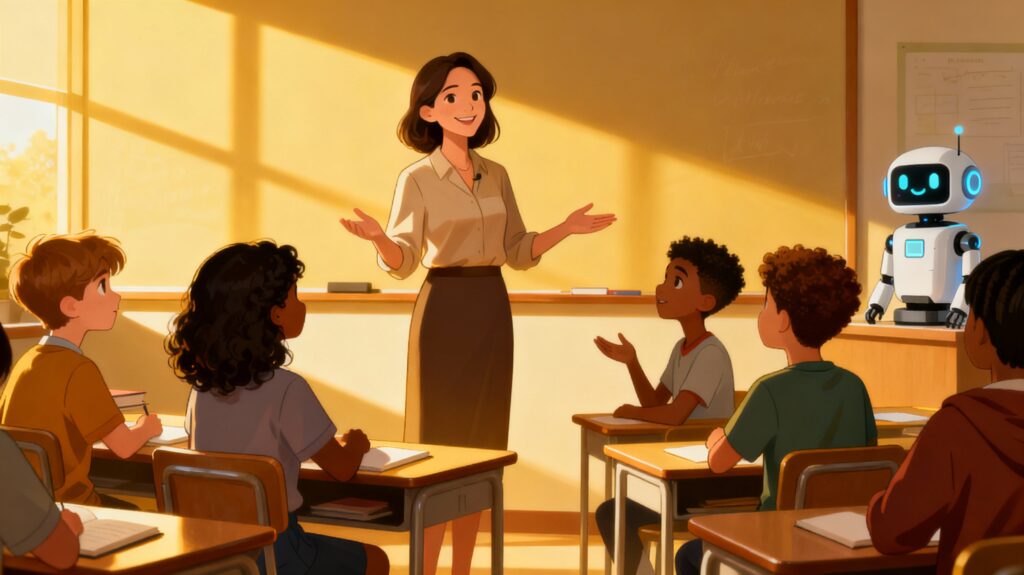
The dehumanizing aspects of AI-mediated learning represent perhaps the most insidious dimension of learning loss. Traditional education relies heavily on human interaction, with teachers providing not only academic instruction but also emotional support and mentorship. AI systems, while efficient, cannot replicate the empathy, understanding, and personal connection that human educators offer.
Reduced Individual Attention and Empathy: While AI-driven educational tools offer personalized learning experiences, they may inadvertently reduce essential human interaction. This reduction could potentially impede the development of students’ social skills, sense of trust, and empathy for others. In educational platforms, algorithmic control can potentially subordinate pedagogical aspirations to profit-driven motives, highlighting the complex interplay between technology and educational goals.
Research confirms that certain AI-driven educational tools, despite their benefits, may unintentionally diminish students’ social skills, potentially impacting the development of sociability, trust, and empathy due to reduced emphasis on human interaction. The absence of human elements affects students’ social and emotional development, as well as their overall engagement and motivation in the learning process.
The Role of Teachers Marginalized: In many AI education systems, teachers are reduced to mere facilitators, their expertise and intuition sidelined in favor of algorithmic decision-making. This erosion of teacher agency could have far-reaching consequences for the quality and humanity of education. AI tutors offer scalable support, but they cannot replicate the empathy and nuanced guidance of human educators. Over-dependence might weaken vital student-teacher relationships, leading to isolation among students.
Studies examining cognitive offloading reveal how AI usage positively predicts increased cognitive offload, which in turn negatively impacts critical thinking. As AI use and cognitive offload increase, critical thinking reduces. The relationship demonstrates a partial mediation effect—meaning AI doesn’t just directly harm critical thinking; it does so by encouraging users to delegate cognitive labor externally.
Younger individuals (ages 17-25) exhibit higher AI dependence and demonstrated notably lower critical thinking scores compared to older generations. This suggests that early and sustained reliance on AI might impede cognitive development and adaptability. However, higher educational attainment was associated with better critical thinking skills, regardless of AI usage, suggesting formal education equips individuals with skills necessary for critically evaluating AI-generated content.
Policy and Ethical Dilemmas
The rapid integration of AI in education presents policymakers with complex dilemmas requiring evidence-based, ethically grounded responses.
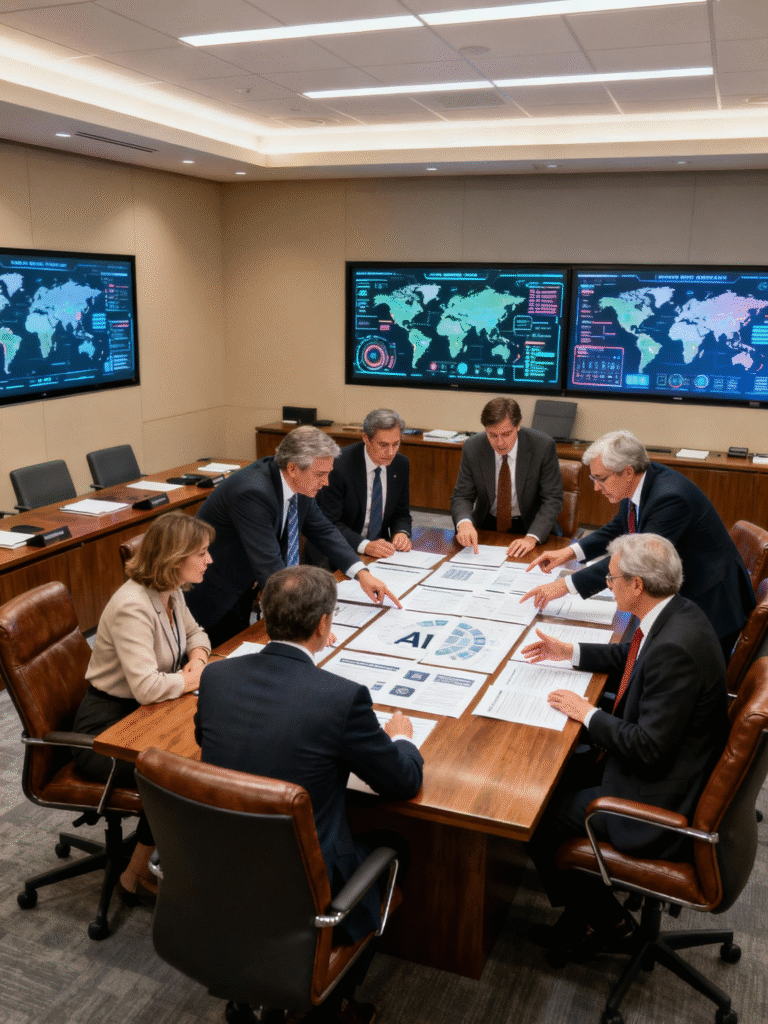
Curriculum Reform Imperatives: Should curricula shift away from rote recall to prioritize creativity, ethics, and critical thinking? The evidence overwhelmingly supports this transformation. India’s Ministry of Education announced in October 2025 that Artificial Intelligence and Computational Thinking will be introduced in all schools from Class 3 onwards, promoting critical thinking, creativity, and ethical use of AI from an early age. The curriculum emphasizes “AI for Public Good,” organically embedding ethical use from the foundational stage.
France, the UAE, and other nations are implementing similarly ambitious programs. The UAE mandated a national AI curriculum across all public schools from kindergarten to Grade 12 beginning in the 2025-2026 academic year, making it one of the first nations globally to produce “AI-native citizens”. The strategy includes training 1,000+ teachers to deliver AI education to one million students annually, with 25% of content focused on ethics—building digital responsibility alongside technical skills.
Copyright, Authorship, and Misinformation: AI’s impact on intellectual property remains contested. The 2025 U.S. Copyright Office report provides critical guidance: AI-assisted works may qualify for copyright only if human contribution is substantial and independently copyrightable. However, the line between trivial modifications and meaningful human authorship remains unclear, creating uncertainty for businesses and creators relying on AI tools.
Misinformation presents an existential threat. Students worry about AI’s potential to spread false information, distort facts for political agendas, and create deepfakes that misrepresent truth. Many admit they don’t fully understand how deepfakes are created or how to identify them, heightening fears about trust and accuracy. Educational institutions face growing pressure to teach verification skills and critical evaluation of AI-generated content.
Equity and Access: Who benefits and who gets left behind? AI’s democratizing potential clashes with harsh realities. Without equitable access to technologies and training, the digital divide could widen. Women are 1.5 times more likely than men to experience job displacement by 2030 due to AI and automation, while Black and Hispanic/Latino workers face higher risks than other demographics. Educational interventions must prioritize underserved communities to prevent AI from exacerbating existing inequalities.
Implications for Decision Making
Policymakers face fundamental dilemmas in balancing AI’s productivity benefits against risks to cognitive and creative development.
The Relevance Gap: Students recognize when they’re being asked to develop skills that seem irrelevant or outdated. The widespread use of AI to complete assignments often represents not laziness but intelligent resource allocation by students who recognize they’re practicing skills of diminishing value. This creates a vicious cycle where irrelevant educational tasks fuel AI dependency, which in turn reduces learner engagement with authentic learning processes.
When students bypass cognitive effort by relying on AI-generated content for tasks requiring original analysis, they reduce their capacity for independent reasoning and evidence evaluation. This risk becomes particularly acute when assignments properly focus on developing analytical thinking—one of the core skills signaled by the World Economic Forum for 2030.
National Strategies: India’s approach emphasizes teacher training as the backbone of AI curriculum rollout, led through NISHTHA training modules and video-based learning resources. Over 18,000 CBSE schools currently offer AI as a skill subject from Class 6 onwards, while more than 10,000 teachers have received AI training with support from Intel, IBM, and the National Institute of Electronics and Information Technology.
France’s strategy focuses on educator training and curriculum overhaul within a constructivist learning framework. The UAE’s comprehensive initiative targets not just students but the entire educational ecosystem, establishing the National Virtual AI Institute and Key Thinkers programme to enhance research capacity. These strategies share a common goal: building AI-empowered, not AI-dependent, citizens.
Timing and Sequencing Matter: Critical findings from MIT research suggest that students who engaged in unaided cognitive effort during initial sessions and then transitioned to using ChatGPT showed higher memory recall, efficient tool use, strong re-engagement, and enhanced neural connectivity. In contrast, participants who moved from ChatGPT to unaided writing underperformed cognitively. This supports an educational model that delays AI integration until learners have engaged in sufficient self-driven cognitive effort—promoting both immediate tool efficacy and lasting cognitive autonomy.
Recommendations: Evidence-Based Balancing of Technology and Tradition
- Maintain Human Mentorship: AI should complement rather than replace human reasoning. Encouraging a human-AI collaboration model ensures users remain actively engaged in decision-making. Teachers equipped with AI literacy skills will be better prepared to educate students on the importance and applications of AI while preserving the human elements that make education transformative.
- Encourage Independent Thought: Educational interventions must emphasize active learning and critical evaluation of AI-generated content. Teaching metacognitive skills helps students assess the quality and reliability of AI outputs. Assignments should incorporate problem-solving exercises without AI assistance to encourage independent thinking. As one education researcher warned, “intellectual capabilities essential for success in modern life need to be stimulated from an early age, especially during adolescence”.
- Promote Ethical Use of AI: Clear ethical guidelines and AI literacy help students and educators understand AI’s limitations and preserve student agency. Curricula should integrate AI ethics, data privacy, and bias detection from early grades. The UAE model dedicates 25% of AI education content to ethics, ensuring students learn digital responsibility alongside technical proficiency.
- Digital Literacy Programs: Congress should establish dedicated programs to provide ongoing AI literacy training for K-12 teachers. Less than 20% of teachers feel adequately equipped to utilize AI tools, and only 29% have received professional development in relevant technologies. A centralized digital repository of AI literacy resources, training materials, and best practices would support continuous professional development.
- Critical Thinking Workshops: Schools must create learning environments where active learning—not just passive AI use—is encouraged to support the development of cognitive skills. Workshops should balance AI use by integrating strategies that encourage deep thinking and cognitive engagement. Teachers need training on AI and other technological tools to reduce negative effects of cognitive offload while improving cognitive ability development.
- Investment in Teacher Training: India’s National Teacher Training Program on Digital Literacy aims to reach 75 lakh students through training 750 teachers in multiple batches combining intensive offline training with structured online follow-up sessions. This represents one of the largest teacher training efforts globally. Similar scaled initiatives are needed worldwide to ensure educators can effectively integrate AI while preserving pedagogical values.
- Frameworks for Monitoring AI’s Educational Impact: Regular, comprehensive assessments must gauge AI literacy among educators and evaluate program effectiveness. Assessments should include surveys, interviews, and observational studies gathering qualitative and quantitative data on teachers’ knowledge, skills, and confidence. Annual reports should detail achievements, challenges, and future plans, ensuring transparency and accountability.
- Unplugged Learning for Low-Infrastructure Schools: Create offline activities and simple games teaching logic, reasoning, and ethical decision-making, enabling students to learn core AI concepts without digital devices—especially in schools with limited resources. This ensures equity while building foundational skills.
Conclusion: The Deeper Erosion and Opportunity
Learning loss in the age of AI is not merely about grades, test scores, or productivity outputs. It represents a deeper erosion of how we think, create, relate, and understand ourselves as human beings with unique cognitive and emotional capacities.
The MIT neuroscience research, photographer experiences navigating authenticity crises, national education reforms, and countless student testimonies converge on a single truth: we stand at a crossroads where our choices will determine whether AI becomes a tool for human flourishing or an accelerant of cognitive atrophy.
The photographer’s perspective—emphasized in this exploration—offers a particularly resonant lens. Photography has always been about more than technical execution; it’s about seeing, interpreting, feeling, and communicating human experience through visual language. When algorithms can generate convincing images instantly, what remains of the photographer’s role? The answer: everything that makes us human—intuition, empathy, lived experience, ethical judgment, and the capacity to find meaning in fleeting moments.
Similarly, education isn’t merely knowledge transmission—it’s the cultivation of minds capable of wonder, critical inquiry, ethical reasoning, and creative problem-solving. When AI handles cognitive heavy lifting, students risk becoming passive consumers rather than active thinkers.
Yet opportunity exists within this challenge. Nations implementing comprehensive AI education strategies recognize that the goal isn’t to resist technological change but to shape it toward human-centered ends. Students who first develop strong cognitive foundations through unaided effort can later leverage AI as a powerful amplifier of their capabilities. Creative professionals who understand both their craft and AI’s affordances can produce work impossible through either means alone.
The imperative is clear: we must maintain human mentorship, cultivate independent thought, establish ethical frameworks, invest in teacher training, promote digital literacy, and continuously monitor AI’s impact on learning and creativity. This requires ongoing debate, research, reassessment, and adaptation as AI continues redefining learning and creativity.
What kind of minds do we wish to cultivate? What forms of creativity do we value? What relationships between humans and technology serve human flourishing? These aren’t merely technical questions—they’re fundamentally about who we are and who we wish to become.
The future isn’t predetermined. By acting with intention, evidence, and ethical commitment, we can ensure that the age of AI becomes an era not of learning loss but of learning transformation—where technology amplifies rather than diminishes human potential.

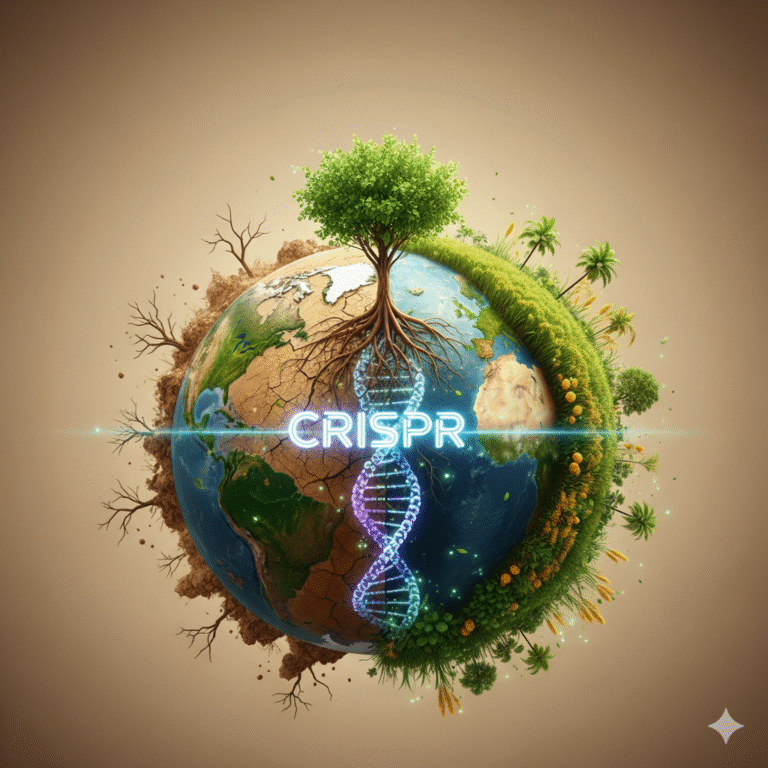


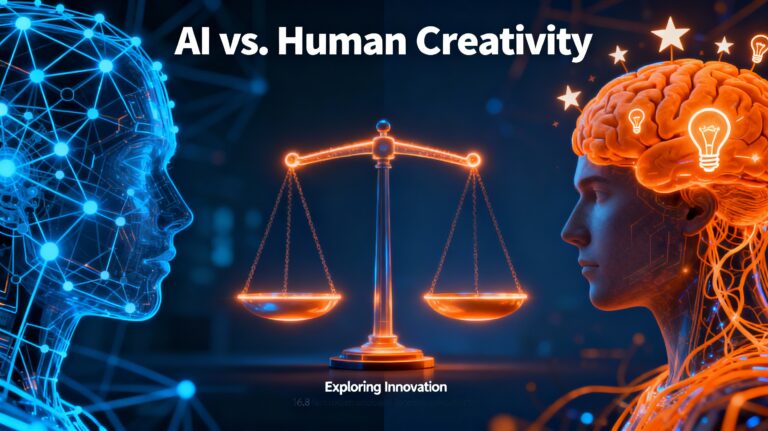
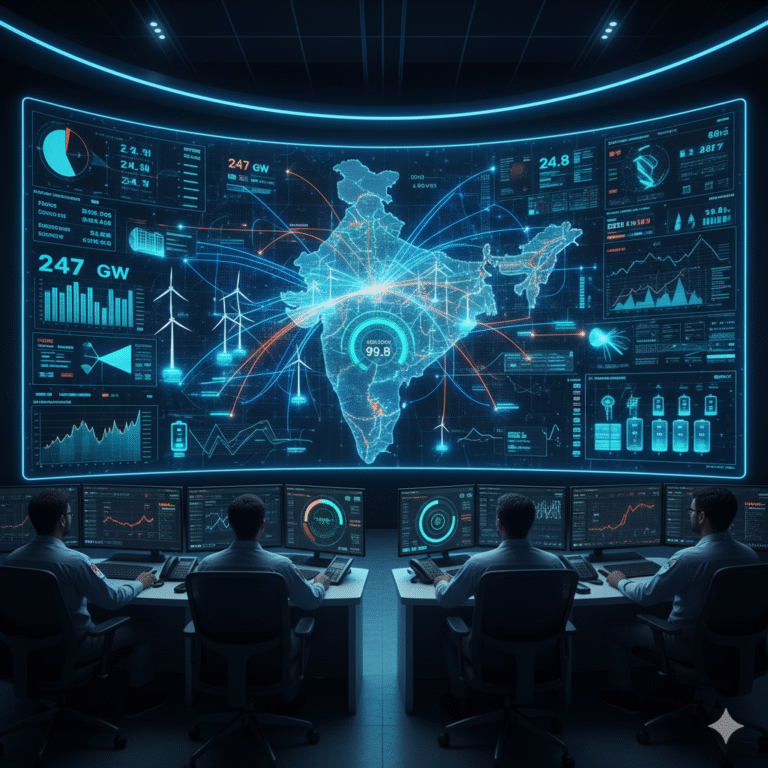
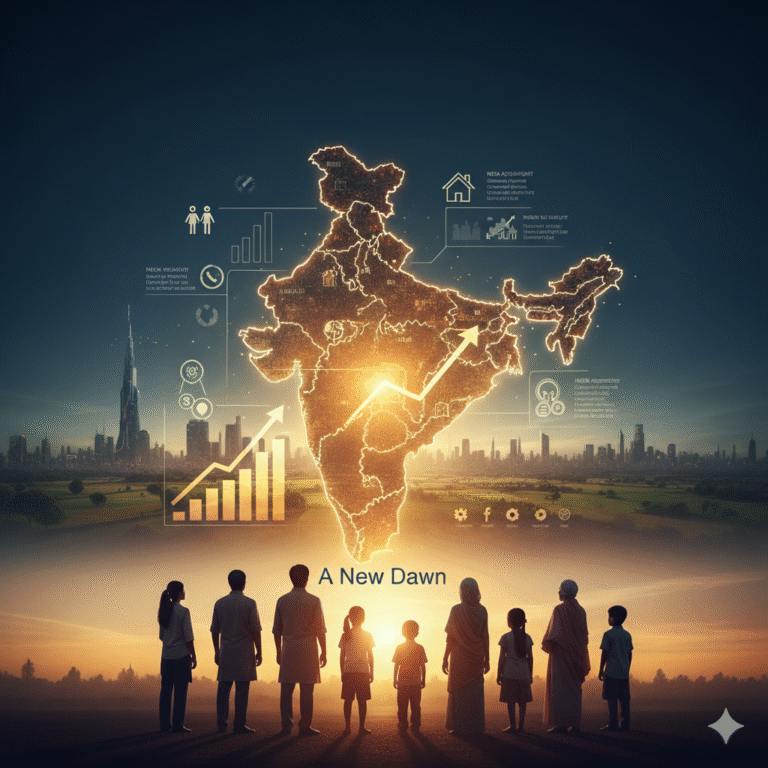


+ There are no comments
Add yours